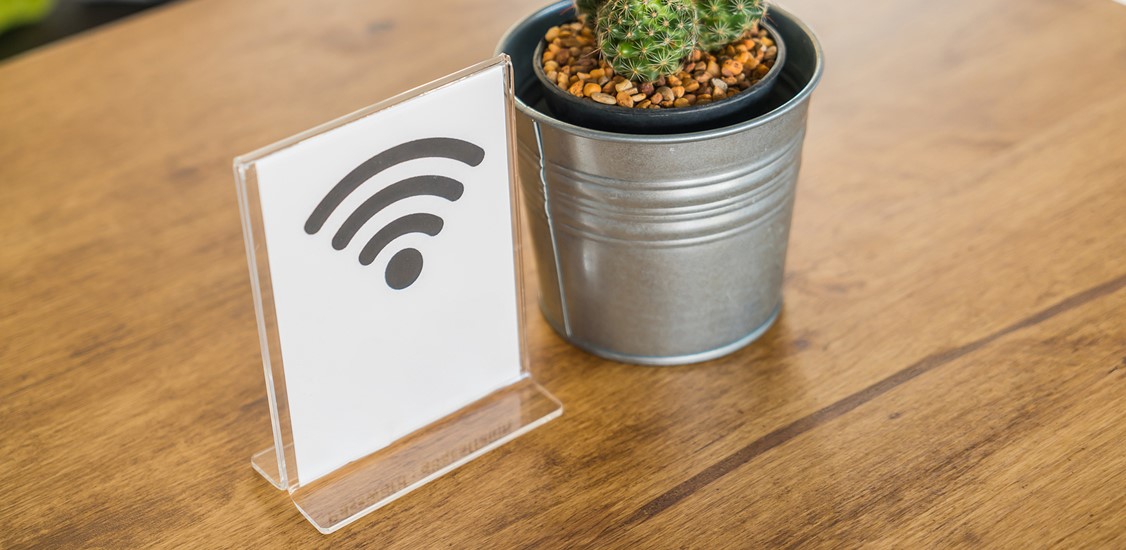The pandemic has reinvented the way businesses operate and how humans live, work and play. It has only fastened the shift into the digital world as Southeast Asia’s booming Internet economy is set to grow to $1 trillion by 2030. Millions of new Internet users now fuel online businesses in fields including e-commerce, digital finance, and more. The advent of the Metaverse has added almost infinite possibilities to this heady mix as businesses across all industry verticals explore possibilities the Metaverse has to offer. This exponential digital acceleration deploying data-centric technologies demands a robust underlying digital infrastructure fabric including next generation connectivity at the edge that can handle enhanced volumes with speed.
To meet this demand, much has been said about the potential of 5G technology as the new frontier of digital connectivity, with a host of exciting applications and the ability to enhance the user experience. Yet, with all the buzz surrounding 5G, Wi-Fi 6 remains relatively unknown, and some have questioned if a Wi-Fi 6 network is even needed at all.
As compared to 5G, Wi-Fi 6 provides excellent high-density indoor coverage for enterprises and will continue to play an important role in both consumer and corporate environments. The continuous development of mobile communications technology and other wireless networks means that more and more potential applications are also conceivable.
On the other hand, Private 5G solutions continue to be increasingly adopted in the form of campus networks for industrial companies which carry out demanding tasks in the areas of IoT or smart manufacturing as early as this year. With more countries looking to roll-out public 5G networks on a large scale and more organisations exploring the use of private 5G networks, it should be possible in the future to determine the location of devices with precise accuracy, among other things.
Possibilities between 5G and Wi-Fi 6
As such, the new possibilities offered by 5G and Wi-Fi 6 lead to the question of which technology should be used, and how?
The first thing to consider is that these are two different network technologies. Cellular is designed to cover large areas and entire countries. One key advantage lies in the long-range nature of individual radio cells ensuring seamless switching from radio cell to radio cell. Wi-Fi technologies, however, originated from its application in indoor communications and offer a simple solution for connectivity there.
Differences between the two network technologies also exist in terms of cost and data sovereignty:
- Cost: Wi-Fi 6 requires up-to-date access points and endpoints, but these are readily available and also relatively inexpensive. Private 5G, also known as local or campus 5G, may be more expensive to develop and deploy, as it requires new infrastructures to be built, and apart from 5G-enabled mobile devices, industry-specific 5G devices are still not common in the market.
- Data sovereignty: In private 5G use, the network and data are managed by the enterprise. With Wi-Fi 6, data sovereignty lies with the user. Private 5G networks can also be operated by individual enterprises, for example, to optimally cover a large campus with several buildings and open spaces. A private 5G network offers all the functions of 5G, but in addition, the central management structure and authentication via SIM cards provide enhanced security and control over devices and their data.
When selecting a wireless technology, it is always necessary to take into account the organisation’s requirements, as well as environmental variables and the economic aspects of deployment. There are specific use cases where one of the two options is clearly the better choice. Likewise, there are also areas where both wireless technologies will be used.
Typical use cases for Wi-Fi 6 are in office spaces where corporate networks are required, for instance, in the retail sector, in public places and at hotspots.
In addition to nationwide public 5G networks, private 5G networks can be established on factory premises and other campuses for personal use. Outdoor locations are where the mobile communications technology’s strengths are evident, thanks to the greater range of individual antennas.
Other typical 5G use cases are in the use of autonomous guided vehicles which are designed to travel longer distances. 5G also supports time-sensitive network connectivity, giving it an advantage in industrial settings that require a high level of precision, such as machine-to-machine communication.
Broader characteristics of 5G technology which make it suitable for business with specific real-time communication needs include low delay times in the range of a few milliseconds and simultaneous high availability. This feature ensures the technology is useful for machines which need to detect and alert employees of safety risks in factory production and assembly lines.
Co-existence of 5G and Wi-Fi 6
While Wi-Fi 6 and 5G are two high-performance, low-latency networks that promise to deliver faster data rates), the differences between both technologies often get mixed up when in fact, there are greater possibilities when paired with each other.
For instance, both wireless technologies can complement each other in the areas of augmented reality and virtual reality and can be used to power high-bandwidth video applications and many other applications in the industrial environment.
Wi-Fi 6 will increasingly play an important role in wireless access in enterprises as a further development of earlier WLAN versions. Despite this, there will also be no way around 5G. Businesses should not ask itself whether it is using Wi-Fi or 5G, but how it can use Wi-Fi 6 and 5G in combination in a meaningful way.
Instead of viewing both as distinct and competing technologies, both technologies complement each other when used in an optimal way. There are already many examples of this, such as in autonomous driving, for which cellular is ideal when driving at higher speeds, and Wi-Fi when parking.
In the near future, Wi-Fi 6 and 5G will coexist thanks to the interoperability between both networks. In the medium term, Wi-Fi will also increasingly function as an access point to a 5G network and become part of an overarching 5G infrastructure. As such, there is the need to identify private 5G opportunities that can also complement Wi-Fi 6, and ensure that there is always a business outcome achieved.




















